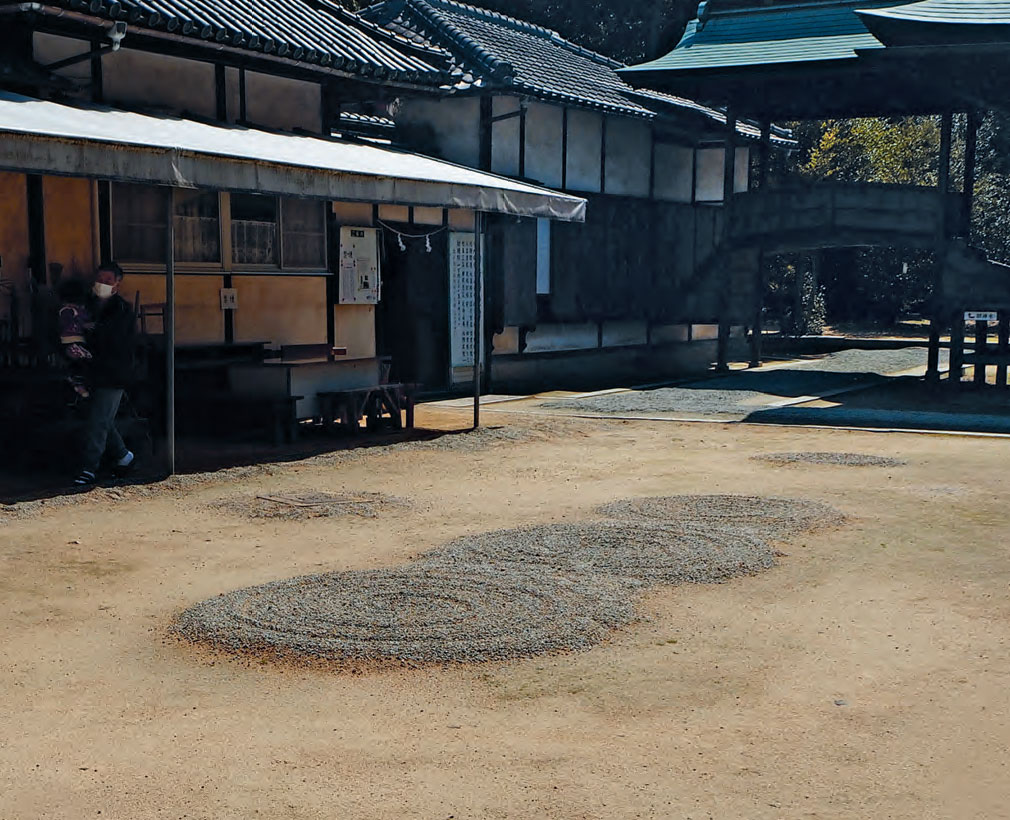
How to find New Year serenity in the Japanese garden
You can find serenity in a Japanese garden even if it's been left bare by winter - Sophie Walker explains how
Winter might be a terrible time to admire gardens in Europe and the US, but in Japan even a bare patch of outdoor space can yield pleasure, enlightenment and beauty, if you know what to look for. Sophie Walker, the acclaimed British garden designer and author of The Japanese Garden explains how, after a festive occasion, we can all find ascetic serenity in an outdoor setting.
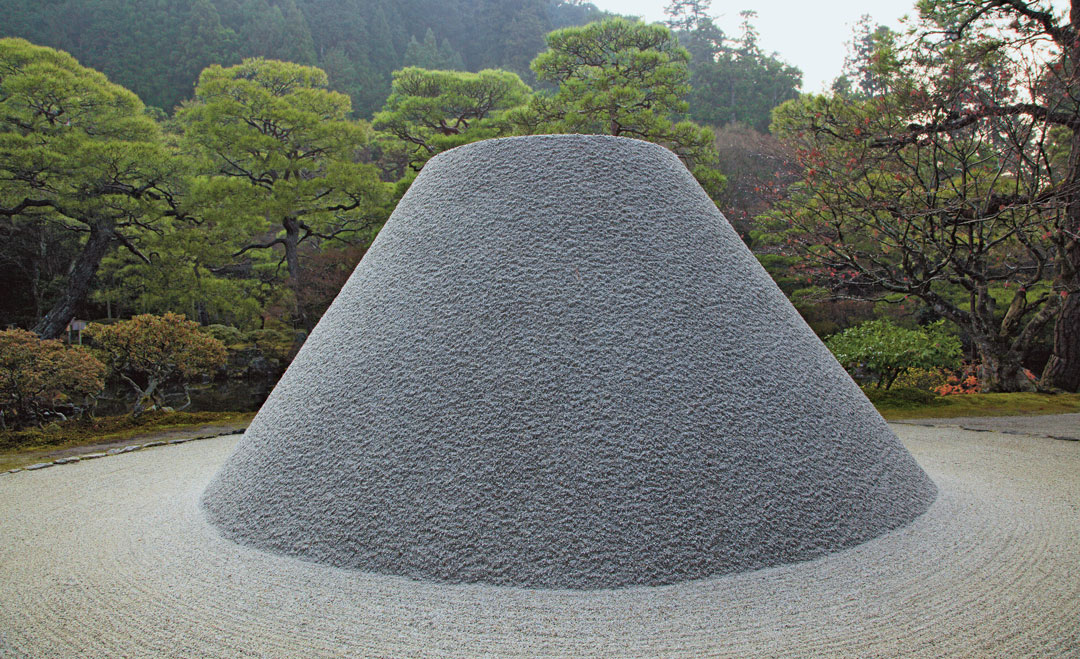
Try viewing a garden without plants “The idea of a garden without plants may seem obscure and even contradictory, but in Japan the karesansui garden (‘dry landscape’, translating as kare - dry, san - mountain, sui -water) is perhaps the most celebrated garden form, despite the fact that it consists mostly – and sometimes wholly – of gravel and stone,” writes Walker. “This unlikely form of garden is conceptually challenging, and yet its inanimate nature broadens the intellectual possibility of the garden, giving rise to multiple readings of content, scale and meaning while engaging propositions about space, memory and time.”
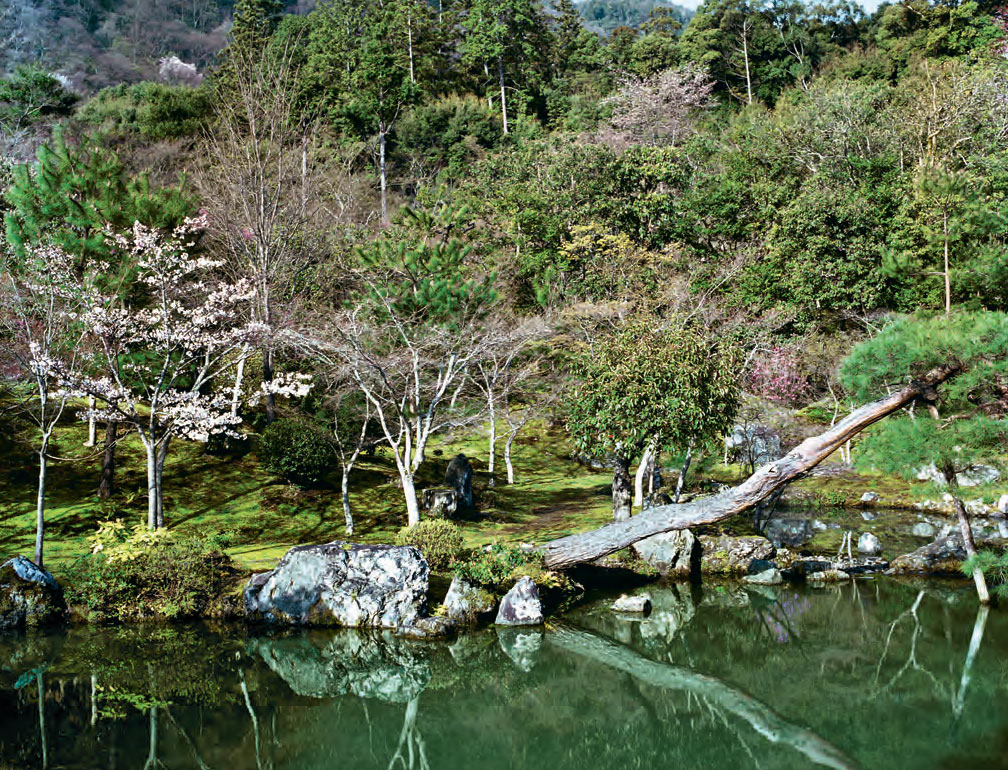
If you like contemplating rocks, try sitting on them too (and waiting) While some rocks in the Japanese garden are meant to regarded, others, such as the low, flat one at Tenryū-ji serve as ‘zazen-seki’, or stones for seated meditation. “The act of waiting patiently is at the core of zazen (seated meditation) and Buddhist practice, which embodies our own act of waiting to see clearly.”
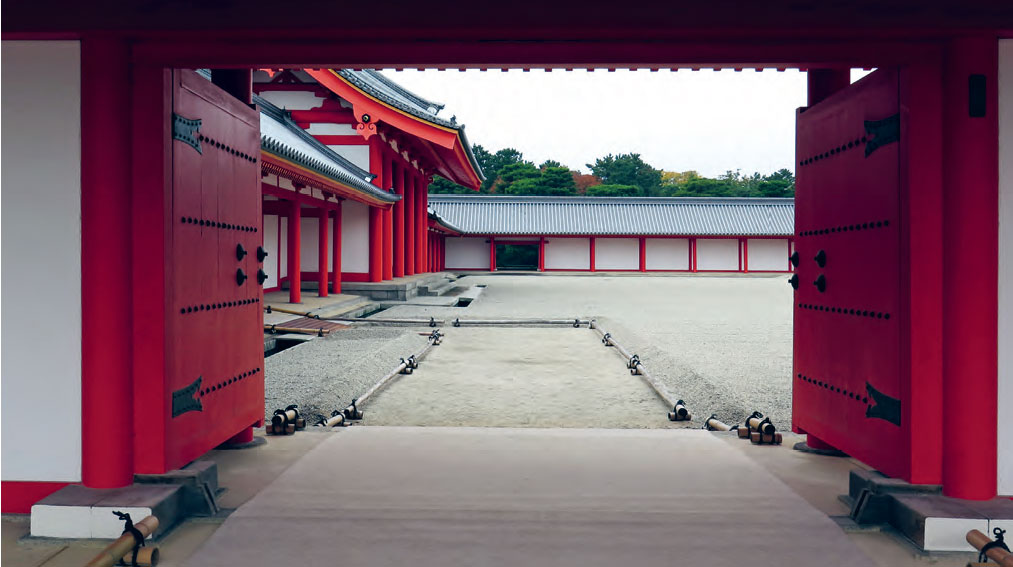
See a little of yourself in a garden’s inner courtyard “The aim of the tsubo-niwa or courtyard garden is to focus our attention inwards,” explains Walker. “At its best, it is a capsule of wonder that punctuates the built environment, inextricably linked to it. The word tsubo can also be written using the symbol for a pot or a ceramic vessel – a reference to the Taoist and Buddhist meditation technique of visualizing oneself as an empty vessel, which is linked to the practice of meditating while holding an empty vessel that may provide the ‘answer’. Like the meditation vessel, the tsubo-niwa provides an internal space for inner contemplation.”
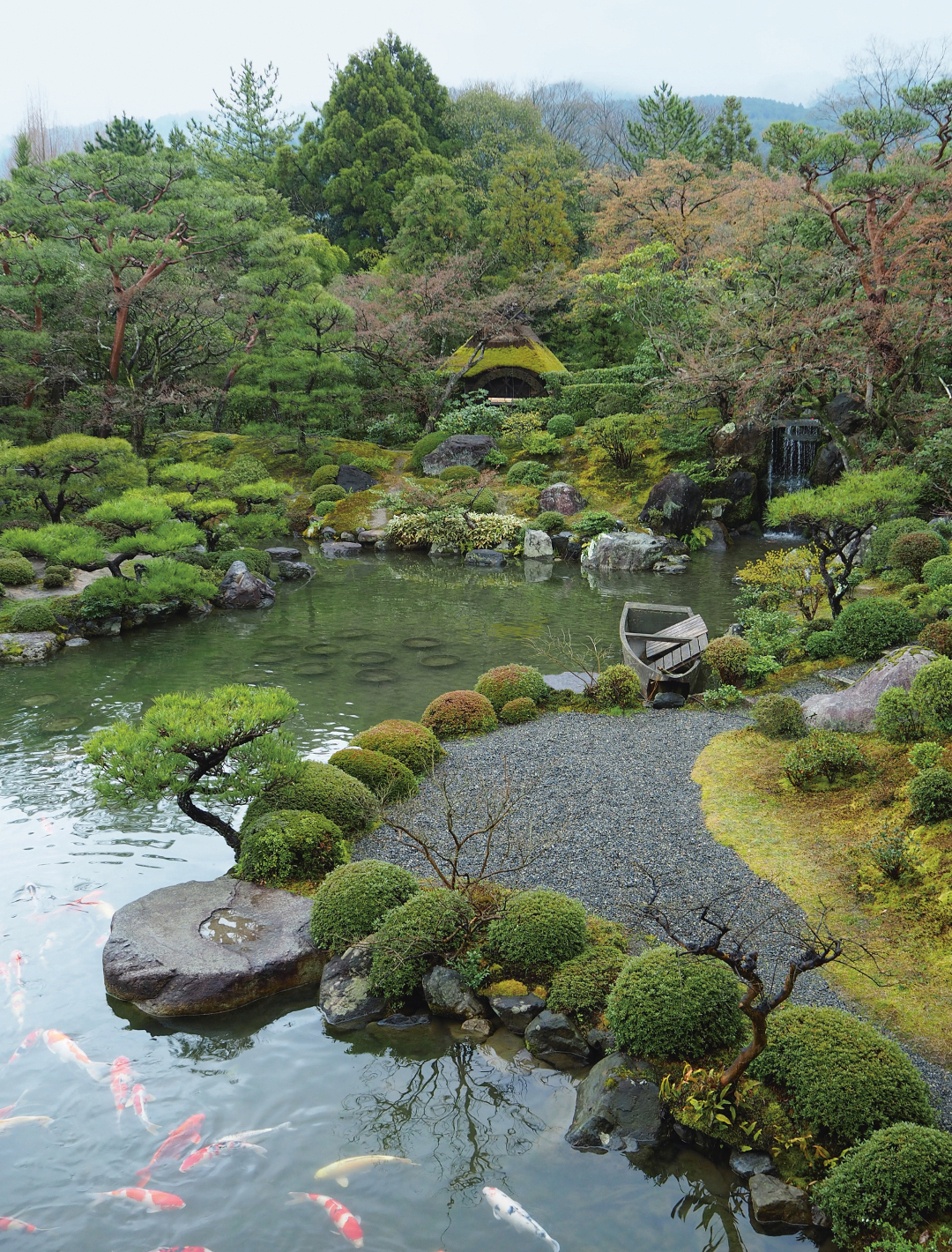
Even if the garden isn’t in bloom, thinking about its blooms can help “Mitate originally signified ‘looking with one’s own eyes to make choices’, but in the arts, it can be described as likening one thing to another, or expressing or alluding to something with something else entirely,” writes the Japanese artist Tatsuo Miyajima in his guest essay. “Mitate prompts us to perceive the pointers that permeate the Japanese garden, many of which have the same goal: satori – insight, awakening or enlightenment.
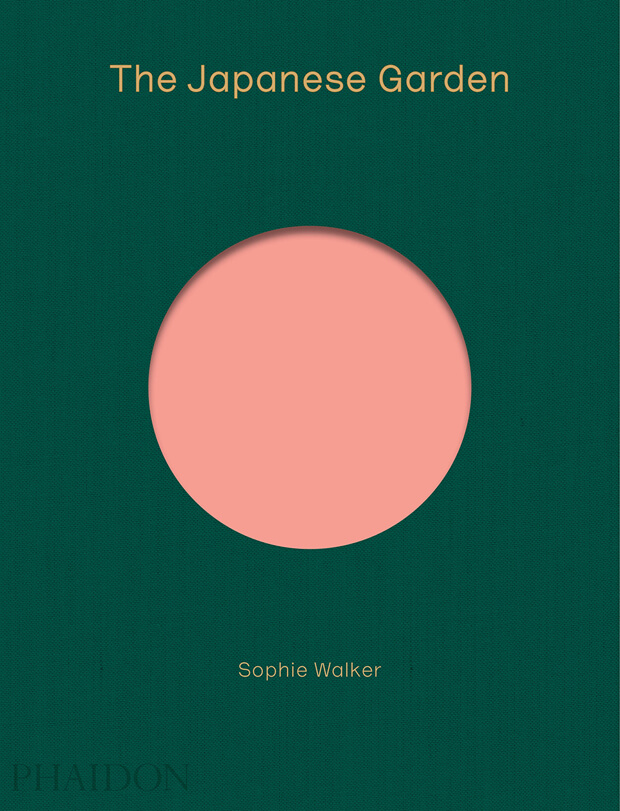
A verse by the fifteenth-century poet-monk Ikkyū Sōjun (1394–1481) asks: ‘The cherry-blossoms of Yoshino, which will bloom in the spring – / If we cut the tree open to find them, where would they be?’ Blossom is a metaphor for satori: the bare winter branches burst forth with colour, as if from nowhere. In the same spirit, we can ask: is the bell a bell if it does not sound? Like the sounding of the bell that has long been silent, satori is a moment born of an accumulation of energy in which inner perception is released to pierce the conscious mind in the form of a revelation, an awakening so clear that it brings with it absolute clarity.” For more on this unique style of garden, order a copy of The Japanese Garden here.